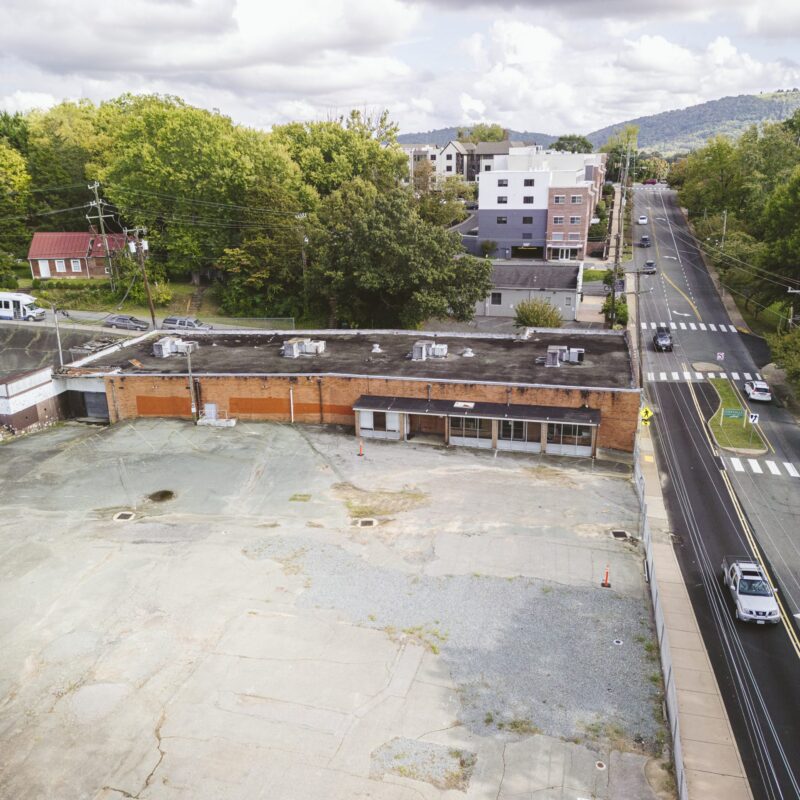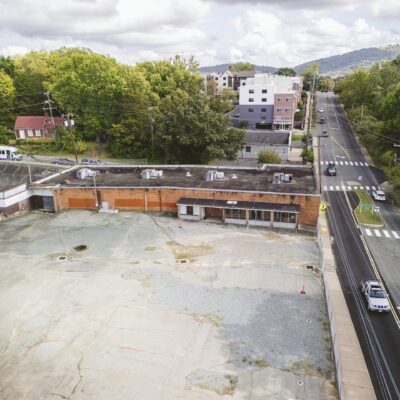O.K., earthlings—as promised, my thoughts about the new book Green Metropolis by David Owen.
This is (as my two previous posts have hinted) a provocative book. Its main premise is this: We should look no further than Manhattan for a model of eco-friendly planning and development. Mainly that’s because of the city’s extreme density, which forces residents to walk and take public transit rather than driving, and also concentrates their dwellings into high-rise buildings (energy-efficient by default) rather than individual houses. The antithesis of this arrangement is suburban sprawl, but Owen also believes that most urban cores, including that of Washington D.C., fall well short of Manhattan in terms of sustainability.
In the process of explaining all this, Owen skewers one sacred cow after another. LEED certification, Central Park, locavorism, and fuel-efficient cars all become his targets. Those of us who have been enthusiastic about urban farming, say, might be distressed to find that Owen considers it a waste of valuable space, where a high-density mixed-use building might go instead.
The book is certainly an exercise in re-evaluating one’s thinking. At a wedding this weekend my cousin’s husband explained that he and my cousin are looking to buy a place with at least five acres. Having read Green Metropolis changed my perspective on that kind of comment, given the amount of driving they’ll have to do if they find one. It’s also personal: I live in a single-family house on seven acres and indeed, I drive all the time. In Owen’s estimation, that alone more than counterbalances my efforts to recycle my bottles and grow my own veggies; I am a terrible drain on resources compared with your average Lower East Sider. (Owen himself, to be sure, lives in rural Connecticut and almost gleefully recounts his own eco-sins, including a fondness for golf.)
Here’s one of my main beefs with Owen: He never accounts for the question of whether people living in entirely manmade environments will be able to maintain any real connection with the world of plants, animals, soil and weather. In one passage he describes being bored on a country walk, as opposed to the constant stimulation of city walks. For me, by contrast, rural places feel like home. Many other environmentalists, like my friend Zach from Brooklyn, are true urbanites. I think rural environmentalism and conscientious back-to-the-land impulses need to have a place in the discussion, along with Owen’s very sound points about how urban infrastructure shapes behavior.
Near the very end of the book, Owen admits another weakness in his argument: He’s got no idea what to do with our already existing sprawling infrastructure. That’s the kind of book this is. It leaves you feeling mostly helpless.



